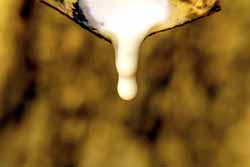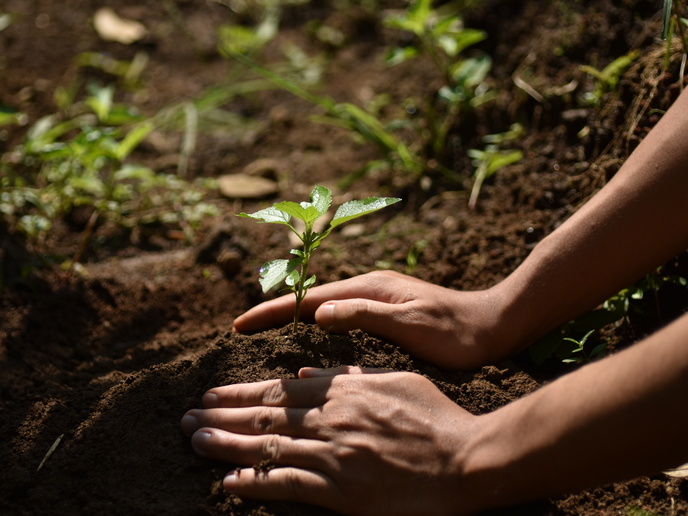New rubber production chain for Europe
Natural rubber is a unique and valuable material that cannot be produced artificially. The rubber tree Hevea brasiliensis is grown sustainably in South America but faces challenges such as genetic susceptibility to disease, climate change and competition for land with palm oil farming. The EU-funded 'EU-based production and exploitation of alternative rubber and latex sources' (EU-PEARLS) project aimed to develop a rubber production industry in Europe using Parthenium argentatum (guayule) and Taraxacum koksaghyz (Russian dandelion). These species share some similarities but grow in different environmental conditions, making them the ideal choice for a Europe-wide industry. Researchers collected seeds from a wide range of sources for both species and grew them in the field. Variants that grew in a broad range of environmental conditions and produced a large amount of rubber naturally were selected for further study. These studies included genetic tests to identify genes involved in rubber production, as well as the development of a rapid screening process to identify promising variants. In addition, rubber from these two species was used to produce several rubber items, which compared favourably with traditional rubber products. A business plan was drafted to describe paths to commercial success for this alternative rubber production chain. Researchers also discussed the possibility of adding value by extracting other useful products: resins from guayule, and bioethanol from Russian dandelion. the EU-PEARLS project has produced a proof-of-principle study for a full rubber production chain specific to Europe. This offers a chance for the EU to compete in the world rubber market for the first time.




